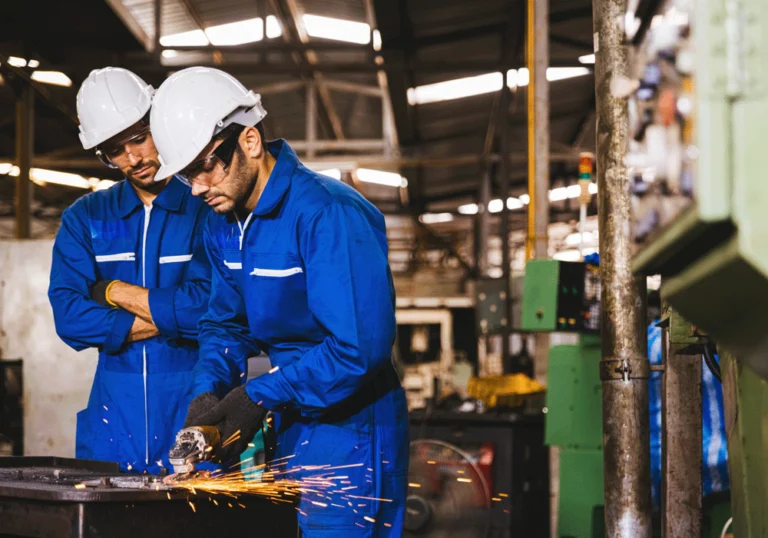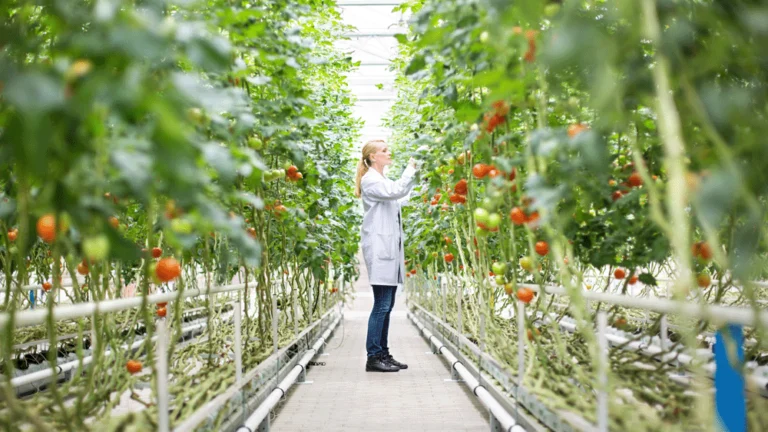
Capital allowances
An update on recent changes
There have been a number of changes introduced in the various fiscal events that have taken place over the last couple of months, so it has been difficult for businesses to keep abreast of the changes and figure out how to plan capital investment.
Below is a summary of some of the key relevant points around capital allowances, although we may see further changes as the new Government looks to implement its own plans.
Super deduction
Firstly, looking at the 130% super deduction available to companies, this is still set to end on 31 March 2023. This currently allows an unlimited amount of qualifying new capital expenditure in the year to obtain a deduction of £13,000 for every £10,000 of qualifying expenditure. With the scheduled rise in corporation tax to 25% from 1 April 2023 firstly being withdrawn and then reinstated we are not anticipating any changes to how the deduction operates.
Given the planned increase in the corporation tax rate to 25% from 1 April 2023, there is perhaps less urgency for larger companies who will be paying corporation tax at the main rate to incur capital expenditure prior to this date (particularly where expenditure falls within their annual investment allowance of £1m). However, for companies that will be subject to the small profits rate, or those eligible for marginal relief it may still be beneficial to make those investments in qualifying assets now where cashflow permits.
Annual Investment Allowance
The expected fall in the annual investment allowance (AIA) from £1m to £200,000 from April 2023 is also no longer going to take place. Instead the £1m limit for AIA will be made permanent. This means that relief for qualifying expenditure on plant and machinery will be eligible for 100% relief up to the limit of £1m going forward and avoids the harsh rules which previously led to unfair results when the AIA transitions to a lower limit.
This should provide a degree of stability and certainty to businesses, allowing for both investment in fixtures in premises as well as moveable items for both landlords and tenants of commercial property, as well as those operating out of their own business premises.
The permanent increase in the AIA is likely to be of significant benefit to smaller business as qualifying capital expenditure should be eligible for 100% tax relief for the year in which the expenditure is incurred, rather than having to wait for relief via writing down allowances (at either 18% or 6% per annum) where more significant investment is made.
The key takeaway from this is that it is important for businesses to give careful consideration to their investment plans to ensure capital allowances are maximised. Although the super-deduction is set to be discontinued, the permanent increase in the AIA to £1m presents less of a cliff edge from April 2023 to continue to incentivise capital investment.
Written by







